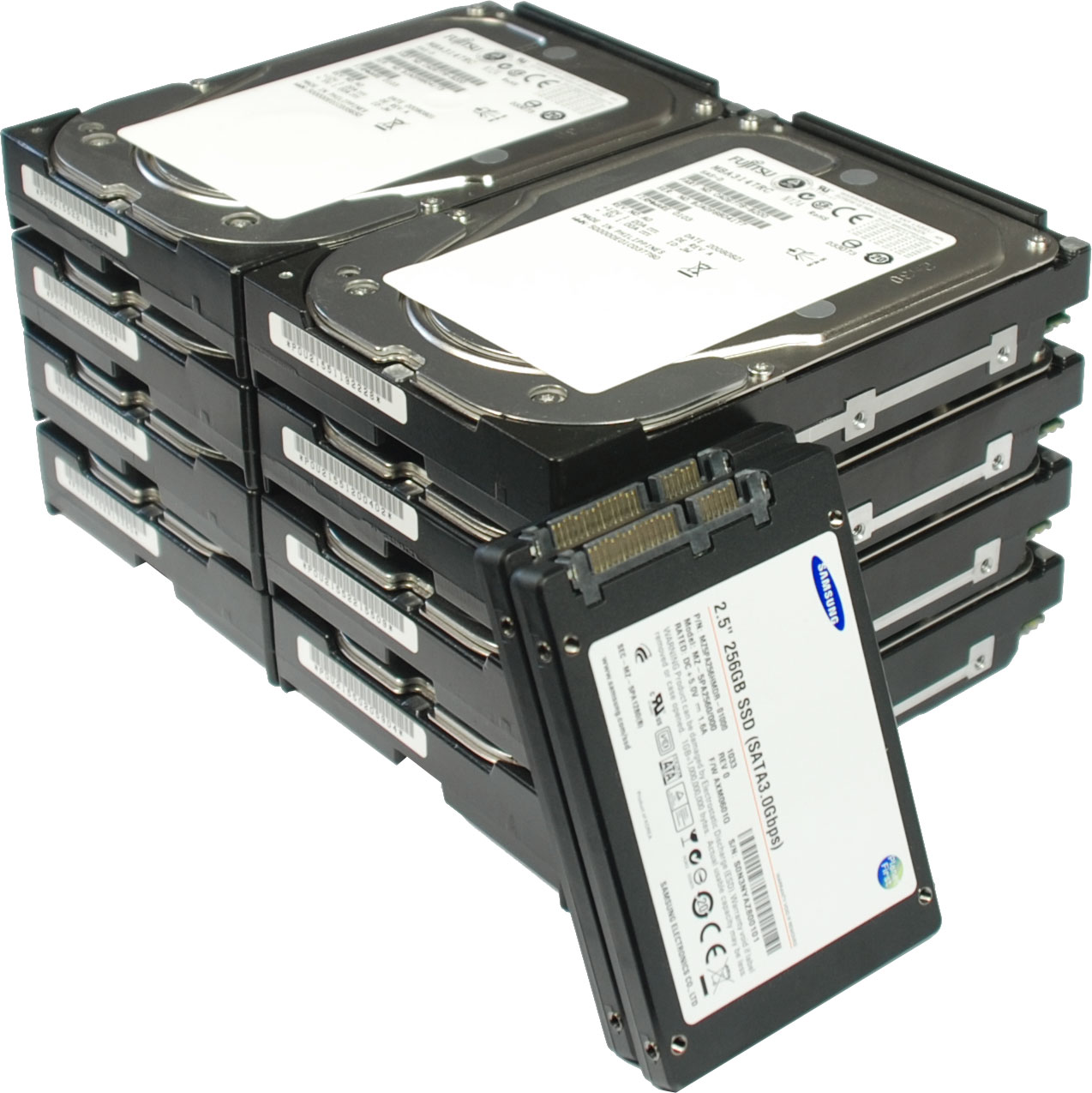How Do SSDs Redefine Storage Performance?
It only takes one or two modern SSDs to outperform business-class RAID arrays with four or eight hard drives. We're running a full comparison and looking at the implications for high-performance systems when you make the transition to flash-based tech.
The Business Storage Revolution
Hardly a week goes by without some new SSD product release, and the market remains in a rather volatile state, both despite and because of this continuing growth. Solid state drives come and go, but there are a precious few, such as Intel, that deservedly stick around.
Similarly, controller vendors, including JMicron, Indilinx, and SandForce, have been making impressive progress.
Hard drive manufacturers Toshiba and Western Digital offer SSDs, although these still lack a bit of punch.
One of the latest products is Samsung’s 470-series, the first toggle mode DDR-based flash SSD drive. It increases performance through the same double data rate memory technology that many of you are familiar with from PC main memory. That struck us as reason enough to grab two of these SSDs and put them up against a serious RAID array with 15 000 RPM enterprise hard drives.
Just How Fast Are SSDs?
That SSDs can beat the pants off hard drives isn’t exactly news anymore. Tech enthusiasts and IT personnel also understand the value of 200+ MB/s performance, low power consumption, and physical robustness along with the potential pitfalls of older operating systems. Real tech addicts will go into the nitty gritty of I/O performance, power efficiency, and architectural details on caching, wear leveling, TRIM, and RAID support. These details can make a significant difference on the performance side of storage.
Samsung’s new 470-series SSDs serve as perfect candidates for a shootout between SSDs and serious hard drive RAID arrays because the drives represent the latest technology in PC flash storage products. You won’t find performance comparison with other SSDs in this article; for that, check out our most recent SSD roundup.
Get Tom's Hardware's best news and in-depth reviews, straight to your inbox.
In this article, we compare two Samsung 256 GB SSDs against four and eight Fujitsu MBA3147RC 15 000 RPM enterprise hard drives using an enterprise-class SAS RAID controller. All setups utilize RAID 0 to maximize performance.
